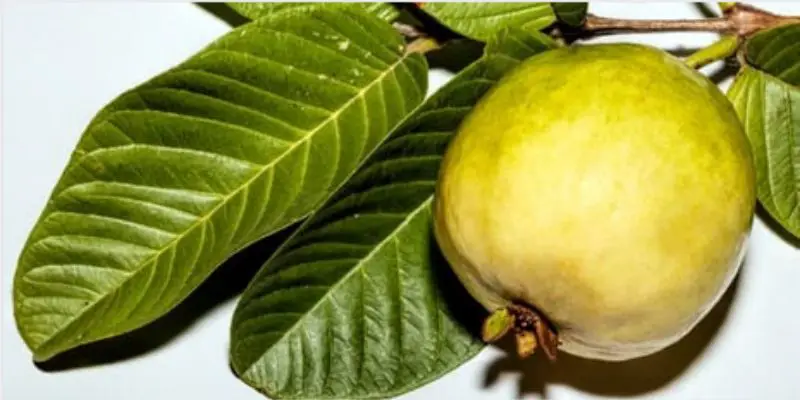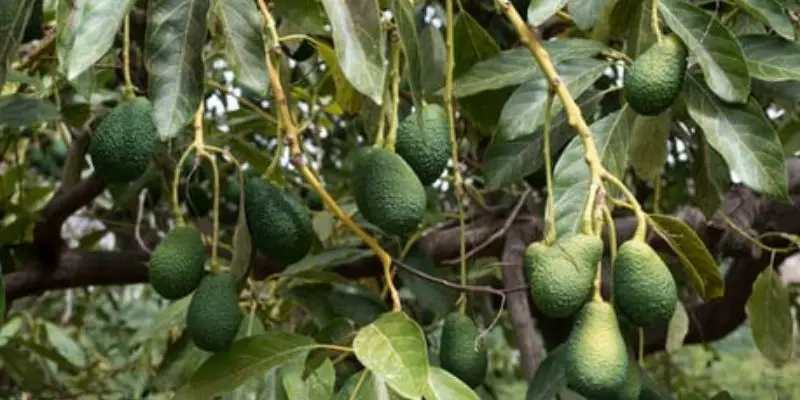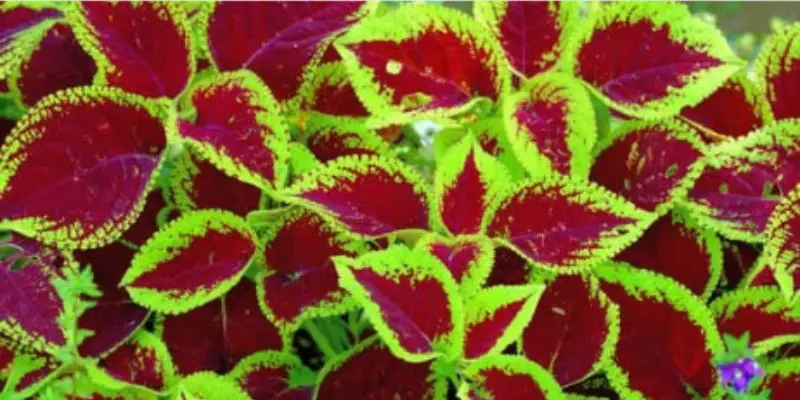Growing juicy, flavorful guavas starts with proper pruning. Pruning is essential for guava trees to thrive and produce an abundant harvest year after year. By learning when and how to prune guava trees correctly, you can keep your tree healthy, stimulate new growth, and maximize its yield.
An Introduction to Pruning Guava Trees
Guava trees need pruning for optimal health and fruit production. Pruning encourages new growth, enhances airflow and light penetration deep inside the canopy, and removes dead or diseased branches. With proper pruning techniques, your guava tree will establish a strong framework in its early years and continue producing heavy crops as it matures.
The best time to prune guava trees is in late winter or very early spring before new growth emerges. Guava can be grown as single or multi-stemmed trees, so pruning strategies differ slightly. However, the goals remain the same – maintain an open canopy for good air circulation and sunlight penetration, remove suckers and inward facing branches, and encourage outward growth for maximum fruit production.
When pruning guava trees, it’s important to disinfect pruning tools before and after each cut. This prevents the potential spread of disease between branches. Well-sharpened, clean tools also make precise cuts that heal quickly.
How to Prune Guave Tree – Tools Needed
Here is a list of common pruning tools needed to prune a guava tree and how each tool is used:
Hand pruners – Hand pruners, also called secateurs or snippers, are hand-held tools used for pruning smaller branches up to about 0.5-1 inch thick. Their sharp blades make clean cuts that heal quickly. Hand pruners are essential for detail pruning guava trees.
Loppers – Loppers are like large, long-handled hand pruners. Their long handles give increased leverage to cut through branches around 1-2 inches thick. Loppers make pruning higher branches easier on mature guava trees.
Pruning saw – A pruning saw has a narrow, curved blade with teeth designed for efficiently cutting through larger wood. It is used to remove thick guava branches over 2 inches that are too big for loppers or hand pruners. The thin blade can fit into tight spaces.
Pole pruners – Also called tree pruners, pole pruners allow cutting high branches from the ground. A pole pruner has a saw or shear head attached to an extension pole that can extend to around 12 feet long. It is useful for safely pruning the tops and insides of tall, mature guava trees.
Pruning shears – Pruning shears, or garden shears, have short blades like hand pruners but larger handles for increased leverage. Their strong blades pruning thicker guava branches up to 0.75 inches thick.
Disinfectant – It’s crucial to disinfect pruning tools before working on each new tree and after every cut on the same tree. Rubbing alcohol, bleach, or disinfecting wipes prevent the spread of disease between branches.
Sharpening tools – Keeping pruning tools razor sharp results in clean cuts that heal quickly. A sharpening stone, file, or sharpening tool ensures blades stay keen for easy pruning.
Using the right pruning tools for each cut makes guava tree pruning faster and easier. With clean, sharp implements, you can prune guava trees efficiently while promoting health and productivity.
How to Prune a Young Guava Tree
Pruning is especially critical in a guava tree’s first few years to establish a strong structure. Here are detailed tips on how to prune young guava trees:
1. Select a Central Leader
If growing your guava as a tree with a single trunk, choose one dominant upright branch to be the central leader. This will be the main vertical trunk. Prune off any competing branches that could also become central leaders so the tree puts its energy into the main trunk.
2. Remove Suckers
Guava trees often produce vertical shoots called suckers from the base and roots. It’s important to prune these out immediately to prevent them from becoming established. Leaving suckers leads to a multi-trunk shrub rather than a tree.
3. Cut Inward Facing Branches
As your young guava grows, prune out any branches pointing back toward the center of the tree. This encourages an open growth habit to allow sunlight, air circulation, and easy harvest.
4. Head Back Overly Long Branches
Branches that grow vertically much faster than others should be cut back. This encourages the slower-growing branches to catch up and creates a more uniform shape.
5. Space Main Branches Evenly
As the main scaffold branches grow, ensure they are spaced out evenly around the trunk. This creates a balanced canopy. If branches emerge close together, remove the weaker one.
6. Limit First Year Growth
Don’t allow your guava tree to grow too tall in its first year. Prune the central leader back to 30-36 inches to encourage branching. This results in a sturdy, low framework suitable for an open vase shape.
With correct structural pruning in year one, your guava tree will be set up for healthy growth and heavy fruiting in its mature years.
Pruning a Mature Guava Tree
Once guava trees are established, annual pruning is needed to maintain their shape and health. Follow these tips when pruning bearing guava trees:
1. Prune After Fruiting
To maximize the crop, prune guavas immediately after harvest is complete. This allows the tree time to develop new growth and buds before the next flowering. Never prune guavas immediately before or during fruiting periods.
2. Thin Dense Growth
Over years, guava branches can become overcrowded. Thin congested areas to improve light and air penetration. Cut whole branches back to side shoots or main branches.
3. Renew Fruiting Wood
Mature guava branches can become rigid and stop producing as much. Cut some older branches back to near the base to encourage the growth of new, flexible fruiting wood.
4. Remove Dead or Diseased Wood
Regularly check your guava tree for dead, damaged, or diseased branches. These should be pruned back to healthy wood. Sterilize pruning tools after each cut to prevent disease spread.
5. Shape and Contain Growth
Prune guava trees to maintain their shape, size and open canopy. Remove vertical water shoots and any branches extending outside the tree’s desired space.
6. Rejuvenate Neglected Trees
Severely neglected guava trees can be radically pruned to encourage new growth. Cut all branches back by one third to one half of their length before new spring growth.
With proper annual pruning, a mature guava tree will remain healthy and fruitful for decades.
How to Prune Guava Tree Bush
Guavas can also be pruned to grow as a multi-stemmed shrub. Follow these tips when pruning a guava bush:
Step 1 – Remove Central Leaders
Unlike pruned trees, guava bushes should have no dominant central trunk. Prune out any vertical branch that appears to be taking over as the main leader.
Step 2 – Cut Back Vigorous Upright Growth
Prune any shoots growing directly upwards that overtake the rest of the bush. This encourages bushy, lateral growth instead of tall vertical branches.
Step 3 – Thin Inner Growth
Guava bushes can become very dense, which leads to fungal issues. Thin crowded inner branches to allow light and air to penetrate.
Step 4 – Shape the Canopy
Prune guava bushes to create an open vase, goblet or bowl shape. Remove branches extending outside the desired space.
Step 5 – Renew Old Wood
Keep guava bushes productive by cutting older limbs back to the base. This stimulates new growth and fruiting wood.
Step 6 – Remove Suckers
Just like pruned tree forms, continually remove suckers sprouting from the base and roots of guava bushes.
With the removal of central leaders and regular thinning, guava bushes remain low-growing and bushy.
Common Pruning Mistakes
Avoid these common errors when pruning guava trees for best results:
- Not sterilizing tools between cuts – this spreads disease.
- Pruning too early before spring growth – avoid winter pruning.
- Pruning right before or during fruiting – this removes developing buds.
- Leaving narrow crotch angles – branches should have wide U-shaped angles.
- Leaving suckers and watersprouts – these divert energy from the main branches.
- Allowing too many inward facing branches – remove for open growth.
- Overpruning – never remove more than 30% of the canopy in one pruning.
Conclusion
Learning how to prune guava tree properly ensures its health, productivity and longevity. With annual pruning to shape the canopy, remove congested growth, and renew fruiting wood, your guava will produce abundant crops of its delicious fruit. Guavas are tropical plants but with the right pruning, they can thrive and bear fruit even in colder climates. Keep guava trees and bushes pruned during dormancy and they will reward you with a bountiful harvest.

Michael Glenn is a certified arborist and horticultural expert with over 15 years of experience in the landscape industry. His passion for plants and trees has led him to become a sought-after authority on pruning and trimming techniques. Glenn’s in-depth knowledge of proper pruning methods, timing, and tools has helped countless homeowners and professionals maintain healthy, aesthetically pleasing gardens and landscapes.
In addition to sharing his pruning expertise through practical tips, step-by-step guides, and expert advice, Glenn is also a respected author of pruning tool buying guides. His comprehensive reviews and comparisons ensure readers can make informed decisions when investing in quality loppers, pruning shears, saws, and other essential equipment. With a deep understanding of plant biology and sustainable practices, Glenn’s writing empowers audiences with the knowledge needed to properly care for green spaces.





